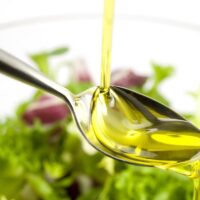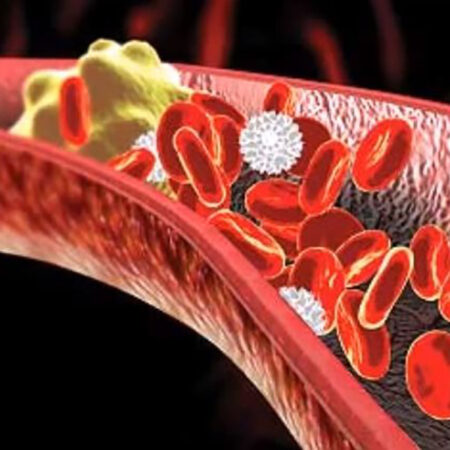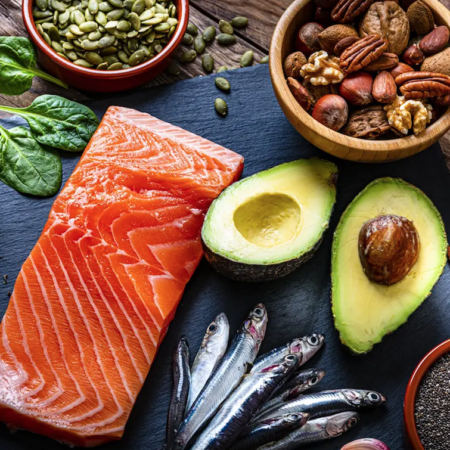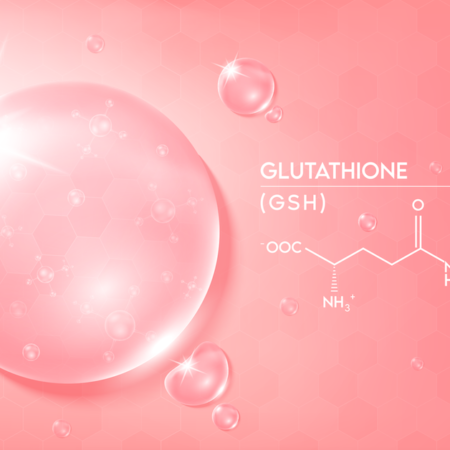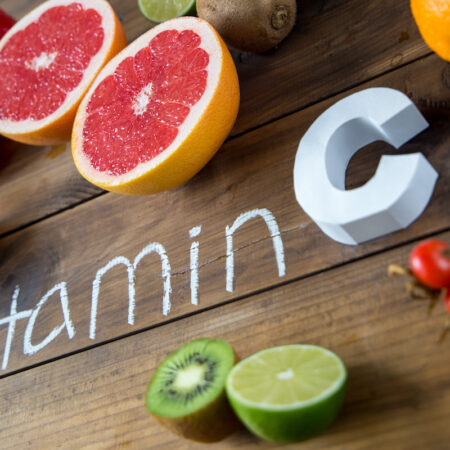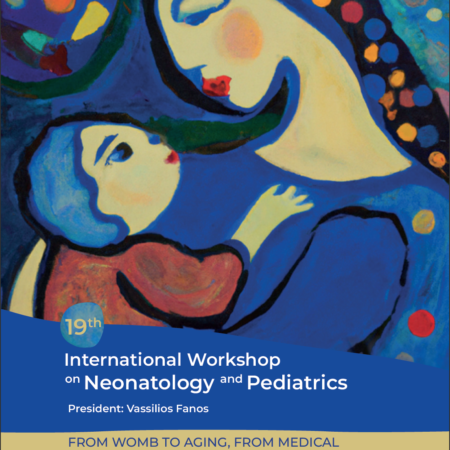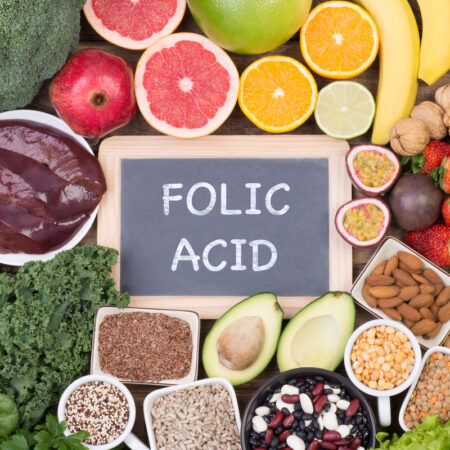Reference values for men and women and the test to find out how we metabolize dietary fats
As you know, the lipid profile is part of routine blood tests and is prescribed by GPs to understand the cardiovascular risk of their male and female patients. It is not, therefore, an optional analysis, because the cholesterol and triglyceride values also provide us with a fairly precise picture of our lipid metabolism, and the quantity of fats circulating in the blood and possibly dangerous for the cardiovascular system.
So let’s see what the reference values are for men and women:
Total cholesterol (involves the sum of HDL and LDL): should not exceed 200 mg/dl. Cardiovascular risk increases with increasing concentration. At values above 250 mg/dl the risk for heart and artery health is considered high. Pay attention, however, to the relationship between HDL and LDL! As we have seen, having good HDL levels (between 35 and 65 mg/dl) protects cardiovascular health even if LDL levels are a little out of the norm, i.e. above 130 mg/dl.
We come to triglycerides, of which, as we specified previously, the quality is more important than the quantity. Good amounts of triglycerides which provide us above all with monounsaturated and polyunsaturated fatty acids (for example deriving from extra virgin olive oil, dried fruit, the fats of a good oily fish) and (to a lesser extent) saturated ones always from excellent sources (such as , for example, good alpine milk), are anything but a problem for the body. However, even in this case it is always good to limit excesses, especially if we have a sedentary lifestyle that does not involve a large daily energy expenditure, and therefore we need to pay attention to the reference parameters. The limit not to be exceeded for men and women is therefore 170 mg/dl of blood.
In most cases, abnormal lipid values are to be “attributed” to incorrect diets and an unhealthy lifestyle. But… sometimes, it’s not our food choices or our bad habits that alter our lipid profile. In fact, metabolic pathological conditions, called dyslipidemia, may be at the origin.
Hyperlipoproteinemia
It consists of the abnormal production of lipoproteins (all or some) or the body’s inability to reabsorb them. In reality, it is a group of metabolic pathologies that involve an excess of circulating fats with negative consequences on heart health. They are treated with diet and exercise, but also with the intake of specific drugs including statins and bile acid sequestrants.
Familial hypercholesterolemia
In some people this condition has genetic causes and is independent of the diet followed. Familial hypercholesterolemia is in fact a rare genetic dysfunction that causes an overproduction of cholesterol that is also visible in some areas of the body. Typically people with this type of hypercholesterolemia accumulate subcutaneous fatty deposits around the eyes and fatty nodules in the joints and tendon junctions. Treatment is similar to that for hyperlipoproteinemia.
Hypolipidemia
In this type of dyslipidemia we have an opposite condition compared to the previous ones. The body, for partly primary genetic reasons, but also secondary to conditions such as malnutrition, intestinal malabsorption, hyperthyroidism, blood tumors, is not able to synthesize the lipoproteins necessary for the transport of dietary fats. Treatments include the administration of vitamin E and fat-soluble vitamins, but depending on the type of hypolipidemia, this type of supplementation is not sufficient to fill the needs of those who suffer from it, with severe repercussions on general health. In mild primary forms, however, which are mostly asymptomatic, it is not necessary to proceed with specific treatments.
The test to understand how you metabolize dietary fats
Now that you know everything about the metabolism of dietary fats, all that remains is to try to understand how yours “works”. You certainly have the latest blood tests with your lipid profile at hand: total cholesterol, triglycerides, and maybe even HDL values.
But these indicators, although very useful for predicting your cardiovascular risk, do not give you information on how you metabolize these lipids. If you produce enough lipoproteins, and if the fatty acids in your triglycerides are of good quality and if you digest and assimilate them correctly, and above all if you obtain energy from ketone bodies to an alarming extent. You could integrate the data obtained from the blood test with that of another type of test, even less invasive, but very accurate.
This involves the organic acid test and the complete metabolic and nutritional profile. Through this test you will be able to evaluate for yourself – or, better yet, your family doctor or specialist can do it – the levels of ketone bodies, which we have seen form especially when the body runs out of glucose, and the oxidation of fatty acids. .
These are useful indicators to understand if you have an adequate lipid intake – endogenous and exogenous – and if your body is able to synthesize and use them in the correct way and suited to your needs. A sign of dysfunctions in the beta-oxidation of fatty acids is the increase in the urine of some acids called dicarboxylic acids, in particular suberic acid and adipic acid which indicate a condition of metabolic acidosis.
This test is especially recommended if:
- You suffer from diabetes
- You are following a restrictive diet, a ketogenic or paleo diet
- You have a metabolic disease
- You have endocrine dysfunction
- You feel tired, dull, and lacking energy and you don’t know why
Together with your doctor, consider the possibility of booking a complete test of organic acids and of the metabolic and nutritional profile also in preparation for a diet or a new nutritional path, to be integrated with the usual blood tests.
Sources
- https://www.unife.it/medicina/lm.medicina/studiare/minisiti/biochimica-e-biologia-molecolare/materiale-didattico-anni-precedenti/modulo-di-biochimica-alessandro-trentini/a-a-2018-2019/01-trasporto-lipidi-beta-ossidazione-corpi-chetonici
- https://simplemed.co.uk/subjects/metabolism/lipid-metabolism-and-transport
- https://www.hsph.harvard.edu/nutritionsource/what-should-you-eat/fats-and-cholesterol/types-of-fat/
- https://www.issalute.it/index.php/la-salute-dalla-a-alla-z-menu/g/grassi-alimentari
- https://www.dbcf.unisi.it/sites/st13/files/allegati/29-04-2014/20-degradazione_a.grassi.pdf
- https://www.ncbi.nlm.nih.gov/pmc/articles/PMC2950079/
- https://pubmed.ncbi.nlm.nih.gov/19047759/
- https://www.sciencedirect.com/topics/immunology-and-microbiology/fatty-acid-metabolism
- https://www.msdmanuals.com/it-it/professionale/malattie-endocrine-e-metaboliche/disturbi-del-metabolismo-lipidico/panoramica-sul-metabolismo-lipidico
- http://www.med.unipg.it/fisioterapia/Materiale%20Didattico/Biochimica/PDF/11.Metabolismo%20lipidico.pdf


